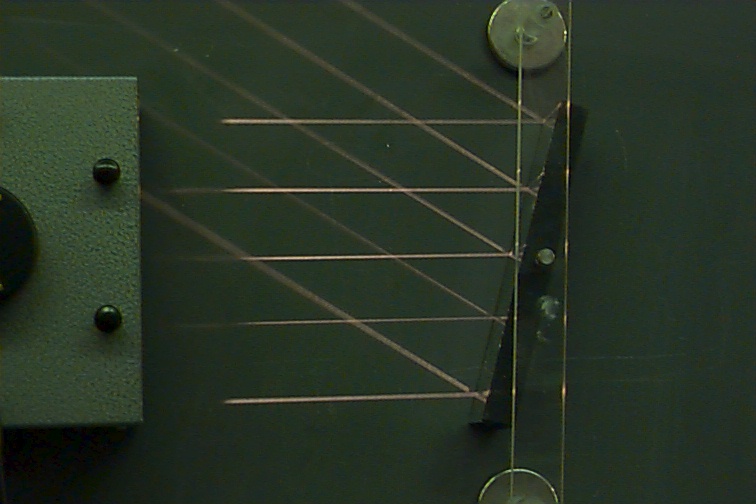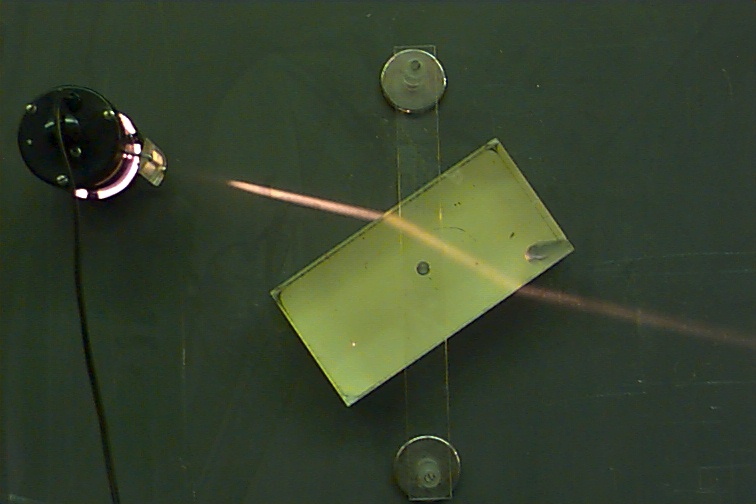|
|
|
Light travels in transverse waves. This means that the deflection of the wav This is similar to water waves. in the video the waves move out from the larger boat but the fishing boat only moves up and down.
Reflection Reflection is how light bounces off an object. the smoother the surface, the more regular the reflection. an example of thi The law of reflection states that the angle of incidence = the angle of reflection This applies to both smooth and rough surfaces. Remember to draw a “normal” (imaginary line at right angles to the surface WHERE THE INCIDENT RAY STRIKES)
Refraction.
When light goes from one substance to another it either slows down o This can be seen in every day experiences such as a pencil “bending This interactive refraction simulator applet might also help
Total internal reflectionAs mentioned above when light goes from one medium to another it bends if the angle of entry is not a right angle. As the angle of incidence increases the refracted ray gets closer and closer to the critical angle where the light ray lines up with the interface. at any angle greater than the critical angle the light will be reflected back into the medium to cause total internal reflection. this can be used in every day life in periscopes, cat eyes in the road and other uses. |
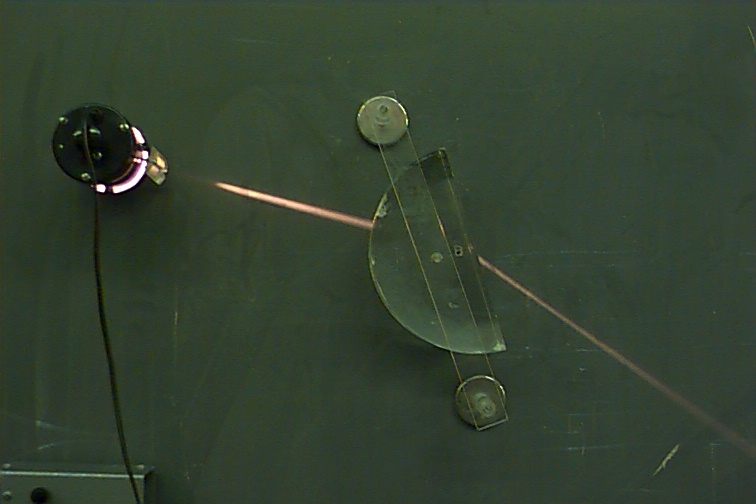 |
||||||||
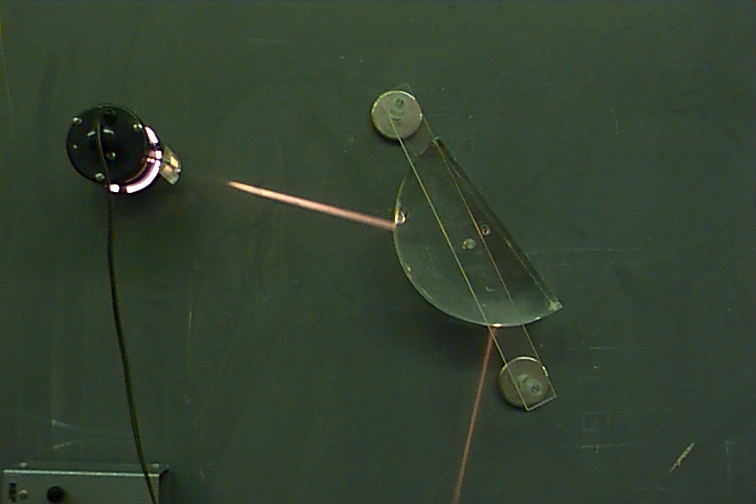 |
||||||||
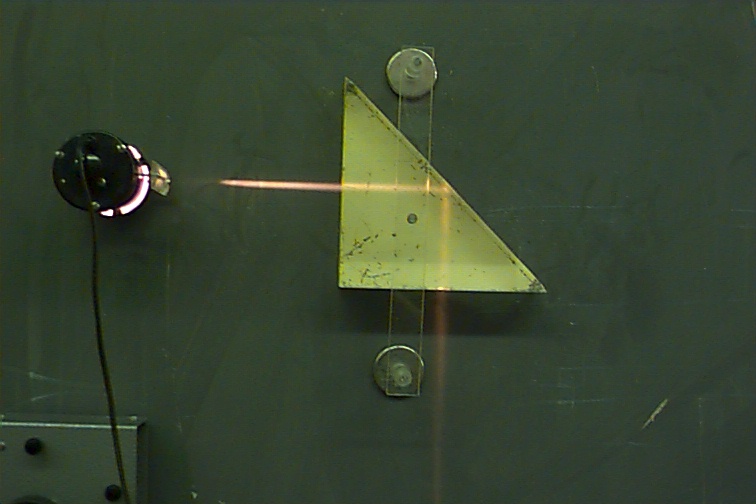 |
||||||||
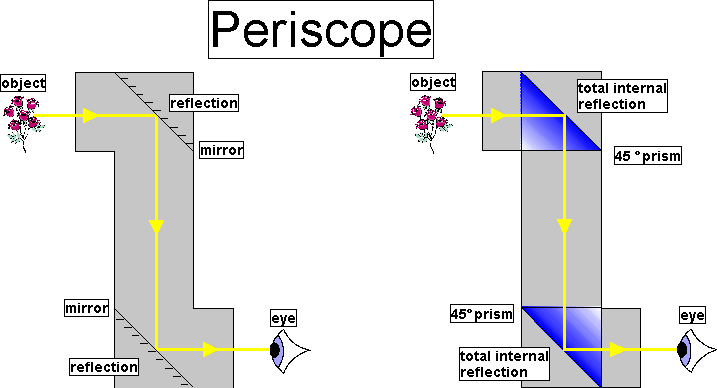 |
||||||||
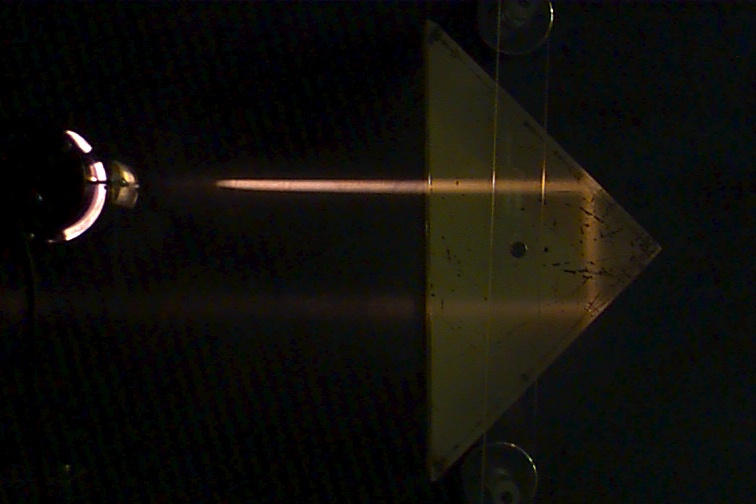 |
||||||||
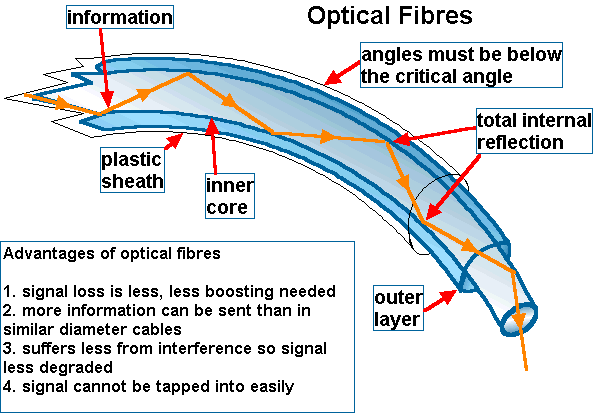 |
||||||||
|
As Sir Isaac Newton proved with his “Crucial Experiment”, white light is a mixture of colours. These can be separated using a prism.
If you put a blue object under red light it will appear black as blue objects only reflect blue light. as there is no blue light in red light, no light is reflected so it appears black. Check out these flash animations to see what I mean. (Pun intended) Image under a red filter Image under a green filter Image under a blue filter A fruit bowl (You can change the colour of light on this one.) For a more detailed look at light check out the page on my theatre web site. this is not part of CE but for interest only. |
| [index] [Year 7] [Density] [Energy] [Heat] [Energy resources] [Space] [Light] [Sound] [Speed] [Revision Year 7] [Year 8] [POST EXAM WORK] [Theatre] [Science Links] | ||||
